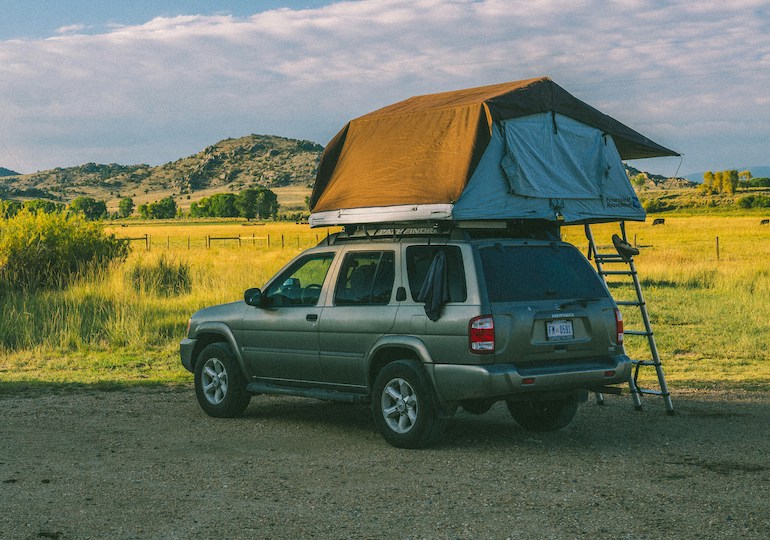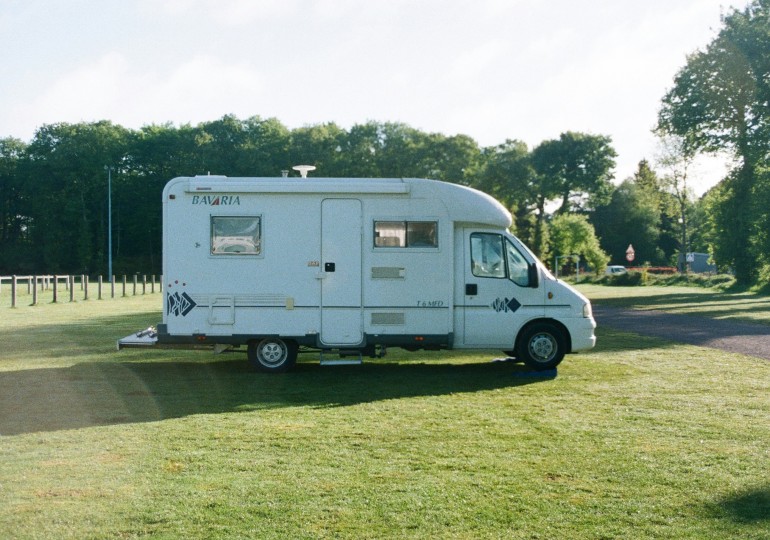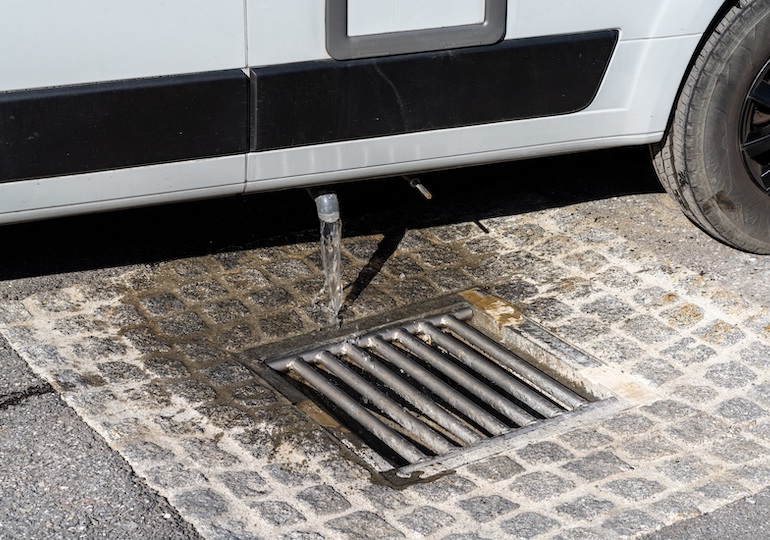Roof tents, which enable campers to convert cars into leisure vehicles with sleeping areas, are gaining in popularity, with over 24,000 online searches for them in the last month alone.
The benefits of roof tents include sleeping above the ground, convenient pitching and a robust, durable structure.
With so many people turning to roof tents for summer adventures, it’s worth remembering certain rules, regulations and guidelines to stay safe and secure.
Graham Conway, managing director at Select Car Leasing, said: “Although a roof tent gives drivers the freedom and flexibility to camp at their leisure, there are some key things to remember when considering whether or not to attach a roof tent to a vehicle this summer.”
Installation
When installing a roof tent, your vehicle needs to be fitted with roof bars for it to be attached prior to setting off on your camping trip.
In our experience at CaravanTimes, this is the time-consuming part of the process. Once your roof tent is fitted atop your vehicle, you could be set for the whole summer.
Combined weight
Before starting to attach the tent, it’s important to know the roof load capacity and not exceed it with the combined weight of the tent, its occupants and any additional personal items you’re intending to put inside.
Mr Conway said: “Vehicles have two types of roof weight limits – dynamic (while driving) and static (when stationary). Generally, most cars have a dynamic weight limit of around 50 kg – 75 kg but can support a much higher static load, often at least five times greater than the dynamic roof load limit.
“You can check the weight limit of any vehicle by checking the user manual or the sticker on the door of the driver’s seat.”
Work all of this out before you buy a roof tent, taking into consideration how many people you’re expecting to sleep in the tent at any one time.
Also remember that the roof bars and mounting gear carry weight too, so these must be factored in so as not to exceed the limit and potentially damage your car.
Mr Conway warned: “Always err on the side of caution and check your limits. And remember that being caught with an overloaded vehicle can see you handed a £300 fine and three penalty points on your licence.
“In more extreme circumstances, and if your overloaded vehicle has contributed to a severe accident, you could be charged with dangerous driving.”
Consequences of additional weight
Once your roof tent is installed, you’re likely to need to change your driving style, as the additional weight will affect the car’s handling and fuel efficiency.
While roof tent manufacturers make their products to be as aerodynamic as possible, your car’s centre of gravity will still be higher than usual.
If you’re taking your roof tent on a long-distance road trip, remember that your fuel might not get you as far as you think, so be prepared to top up more often when your tent is attached.
Photo credit: Unsplash/Michael Aleo




















































